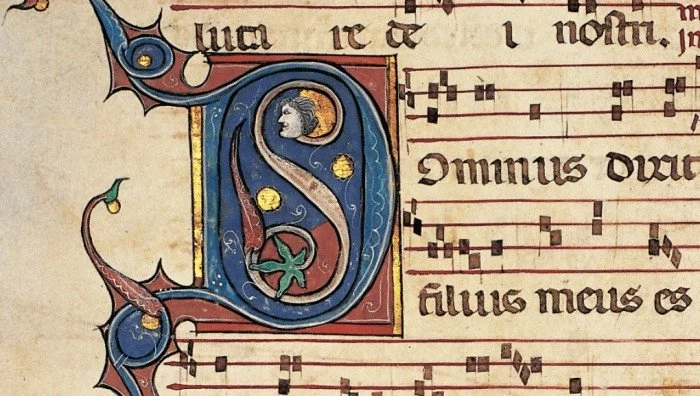The Tudor Consort and Palestrina: joyous and atmospheric
A reverent and beautiful atmosphere was created by the Tudor Consort and director Michael Stewart for their recent performance of the masterpiece Missa Papae Marcelli by Italian Renaissance composer Giovanni Pierluigi da Palestrina. In the huge, resonant interior of Wellington’s Cathedral of St Paul, lit by candles, the choir first proceeded up the aisle from the back, unison male voices intoning the Gregorian chant Salve sancta parens (Hail Holy Mother). Assembled at the front, they sang a motet by Palestrina’s older contemporary, Adrian Willaert, based on that medieval chant, setting the scene for Palestrina’s famous Mass within a liturgical reconstruction marking this week’s Feast Day of the Nativity of the Virgin Mary.
There's a well-known legend attached to the Missa Papae Marcelli that polyphony was saved from banishment by the beauty of the work and the clarity of Palestrina's word-setting. Apparently the Mass, written for Pope Marcellus 2, showed the Counter-Reformation thinkers at the 16th century Council of Trent that the words of the mass could still be understood clearly by the congregation within counterpoint.
Giovanni Pierluigi da Palestrina
Italian Renaissance composer
True or exaggerated, the story does illustrate how Palestrina's balanced use in this beautiful Mass of both polyphony (a texture of independent melodic lines) and homophony (a more chordal texture) enhances communication of the text. The acoustics of the big Wellington Cathedral, however, are always a challenge - its reverberation time must be about four seconds – so despite the composer’s skill, a few words were lost in this performance. A large screen helpfully provided titles, texts and translations, though its presence detracted a little from the special ambience.
Palestrina’s brilliant and sophisticated composing skill was marvellously evident in the Credo, a highlight of the evening that ended the first half of the programme,. The master mixed imitative counterpoint, homophony and clever use of word-painting to illustrate the long text, showing how far the religious music of the late Renaissance had come from its medieval plainchant origins. With the words “et resurrexit” both music and choir came fully alive with extrovert singing of real character.
The first page of the Kyrie of Palestrina’s Missa Papae Marcelli
After a short interval, the Sanctus, Benedictus and Agnus Dei were again contextualised amongst plainchant and motets, first by women’s unison voices in the Offertorium: Beata es Virgo (Blessed is the Virgin.). Palestrina’s slower Agnus Dei worked particularly well in the reverberant acoustic and the choir’s elastic singing of flowing lines was touchingly beautiful. Beata viscera, a motet by another of Palestrina’s contemporaries, Claudio Merulo, followed its plainchant origin. The concert ended with Palestrina’s splendid antiphonal 8-part motet, Beata es Virgo, related to the chant of the Offertorium and maintaining the sense of vibrant energy the Tudor Consort had shown throughout.
The Tudor Consort Director Michael Stewart
“…thoughtful curation and high-quality music-making.”
“Early” music is sometimes performed with an earnest approach but this carefully constructed evening had a joyous quality alongside its thoughtful curation. The large audience paid rapt attention throughout and emerged into the cool spring night delighted by high quality music-making and a complete and satisfying experience.
The Tudor Consort directed by Michael Stewart Missa Papae Marcelli by Giovanni Pierluigi da Palestrina presented as a Mass reconstruction for the Feast of the Nativity of the Blessed Virgin Mary at the Wellington Cathedral of St Paul on 3 September, 2022
More information about The Tudor Consort here




